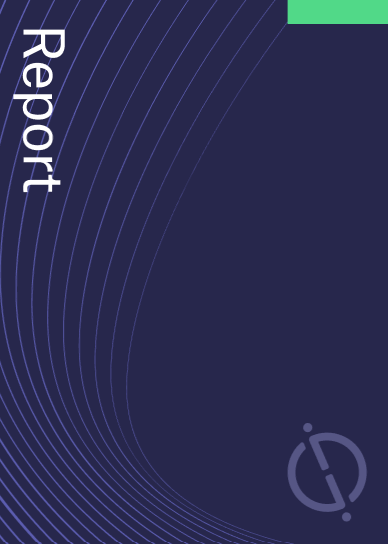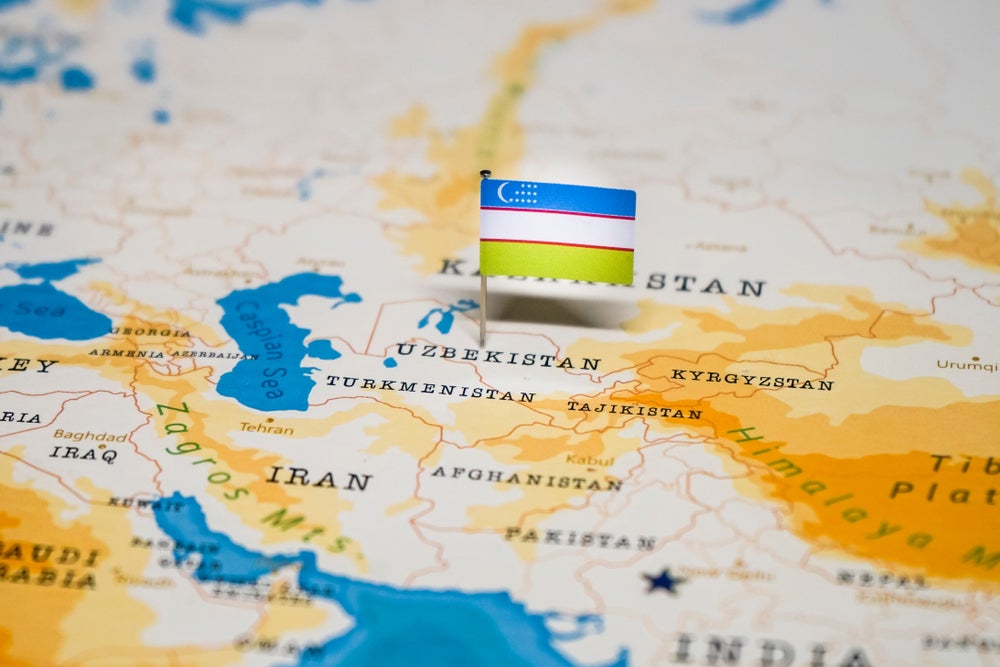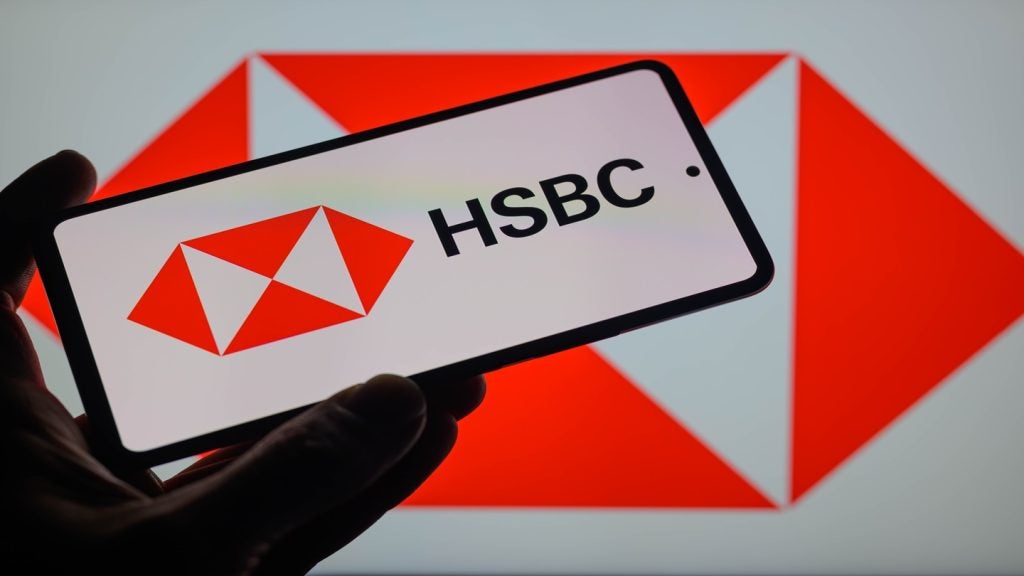Flagship Pioneering has filed a patent for a method of producing human polyclonal antibodies. The method involves administering a circular polyribonucleotide containing an antigen-encoding sequence to a non-human animal with a humanized immune system. This invention aims to generate polyclonal antibodies using innovative compositions and techniques. GlobalData’s report on Flagship Pioneering gives a 360-degree view of the company including its patenting strategy. Buy the report here.
According to GlobalData’s company profile on Flagship Pioneering, cancer treatment biomarkers was a key innovation area identified from patents. Flagship Pioneering's grant share as of June 2023 was 1%. Grant share is based on the ratio of number of grants to total number of patents.
Method for generating human polyclonal antibodies using circular polyribonucleotides
A recently filed patent (Publication Number: US20230203192A1) describes a method for producing human polyclonal antibodies. The method involves administering a circular polyribonucleotide, which contains a sequence encoding an antigen, to a non-human animal that has a humanized immune system. This method aims to induce an immune response to the antigen and produce polyclonal antibodies.
The patent claims cover a wide range of antigens, including those from microorganisms, cancers, and toxins. The antigens can be derived from various sources such as viruses, bacteria, eukaryotic parasites, and fungi. Specific examples of viruses mentioned in the claims include Marburg, Ebola, Rabies, HIV, Smallpox, and many others. The method also encompasses antigens from coronaviruses, including SARS-CoV-2 and SARS-CoV-1.
The patent claims further describe the use of different proteins from viruses as antigens, such as membrane proteins, envelope proteins, spike proteins, receptor binding domains, nucleocapsid proteins, and accessory proteins. The method also allows for the administration of multiple antigens or antigenic sequences using a circular polyribonucleotide.
The non-human animals used in this method are specified to have a humanized immune system, which can be achieved through the presence of a human artificial chromosome (HAC) vector containing the humanized immunoglobulin gene locus. The animals mentioned in the claims include mammals, ungulates, and specifically cows or bovines. The method involves the activation of B cells and T cells in the non-human animal, leading to enhanced antibody production and immune responses.
The resulting polyclonal antibodies can be fully human and of various types, including IgG, IgM, and IgA antibodies. The method also allows for the administration of adjuvants and other agents to enhance the immune response. Plasma collected from the non-human animal can be purified to obtain the polyclonal antibodies, which can then be formulated as a therapeutic or pharmaceutical preparation for human use.
In summary, this patent describes a method for producing human polyclonal antibodies by administering a circular polyribonucleotide encoding an antigen to a non-human animal with a humanized immune system. The method covers a wide range of antigens, including those from microorganisms, cancers, and toxins. The resulting polyclonal antibodies can be used for therapeutic purposes in humans.
To know more about GlobalData’s detailed insights on Flagship Pioneering, buy the report here.
Data Insights
From

The gold standard of business intelligence.
Blending expert knowledge with cutting-edge technology, GlobalData’s unrivalled proprietary data will enable you to decode what’s happening in your market. You can make better informed decisions and gain a future-proof advantage over your competitors.







